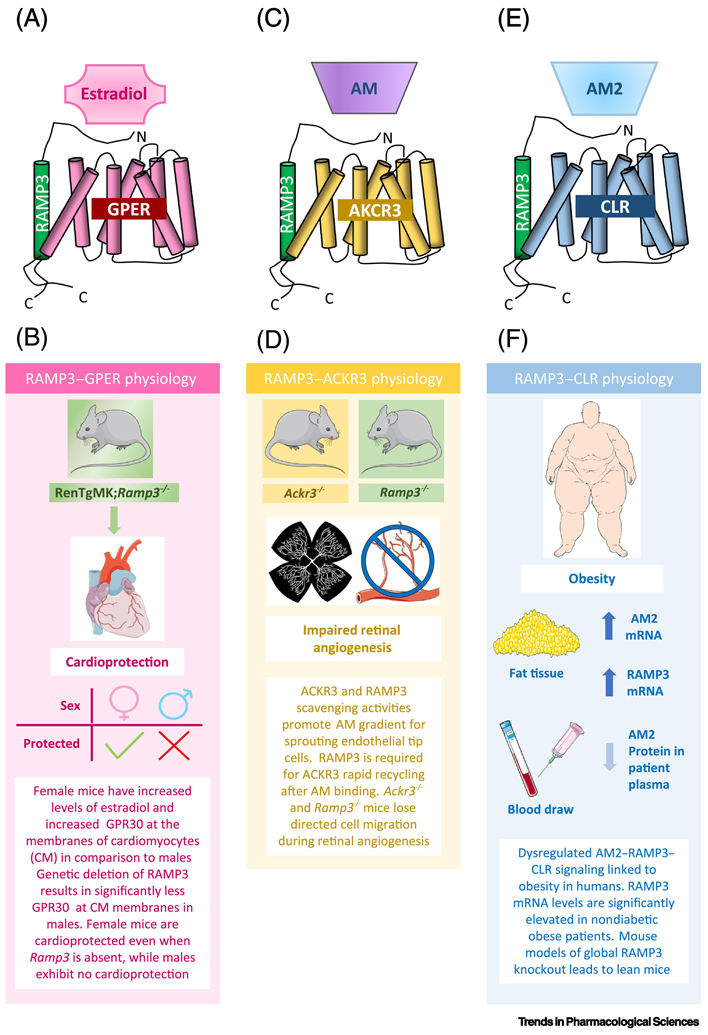Figure 3: Pathophysiological roles of RAMP3.

(A) Depiction of the receptor complex RAMP3-GPER/GPR30 and its ligand estradiol. (B) Murine studies looked at the link between RAMP3-GPER/GPR30 and heart disease by crossing RAMP3 knockout mice onto a heart disease-prone genetic background. This in vivo activation of GPER/GPR30 resulted in significant reduction in heart disease parameters that was both RAMP3 and sex dependent. (C) The RAMP3-ACKR3 receptor is a decoy-receptor for the ligand adrenomedullin (AM), in that it binds AM, but does not result in G-protein signaling. (D) Recently, RAMP3 was shown to alter the decoy activity of ACKR3 through a recycling mechanism, which promoted plasma membrane re-sensitization of ACKR3. This decoy activity was shown to be important during guided cell migration in murine retinal angiogenesis. (D) RAMP3 can also interact with CLR to form a receptor for adrenomedullin 2 (AM2). (E) This signaling axis was investigated in obese and non-obese human patients, where it was found that RAMP3 mRNA levels were increased in obese patients, which correlates with RAMP3 knockout mice phenotypes. These studies highlight the importance of continuing to study RAMP3 in human disease, particularly metabolic disorders.
